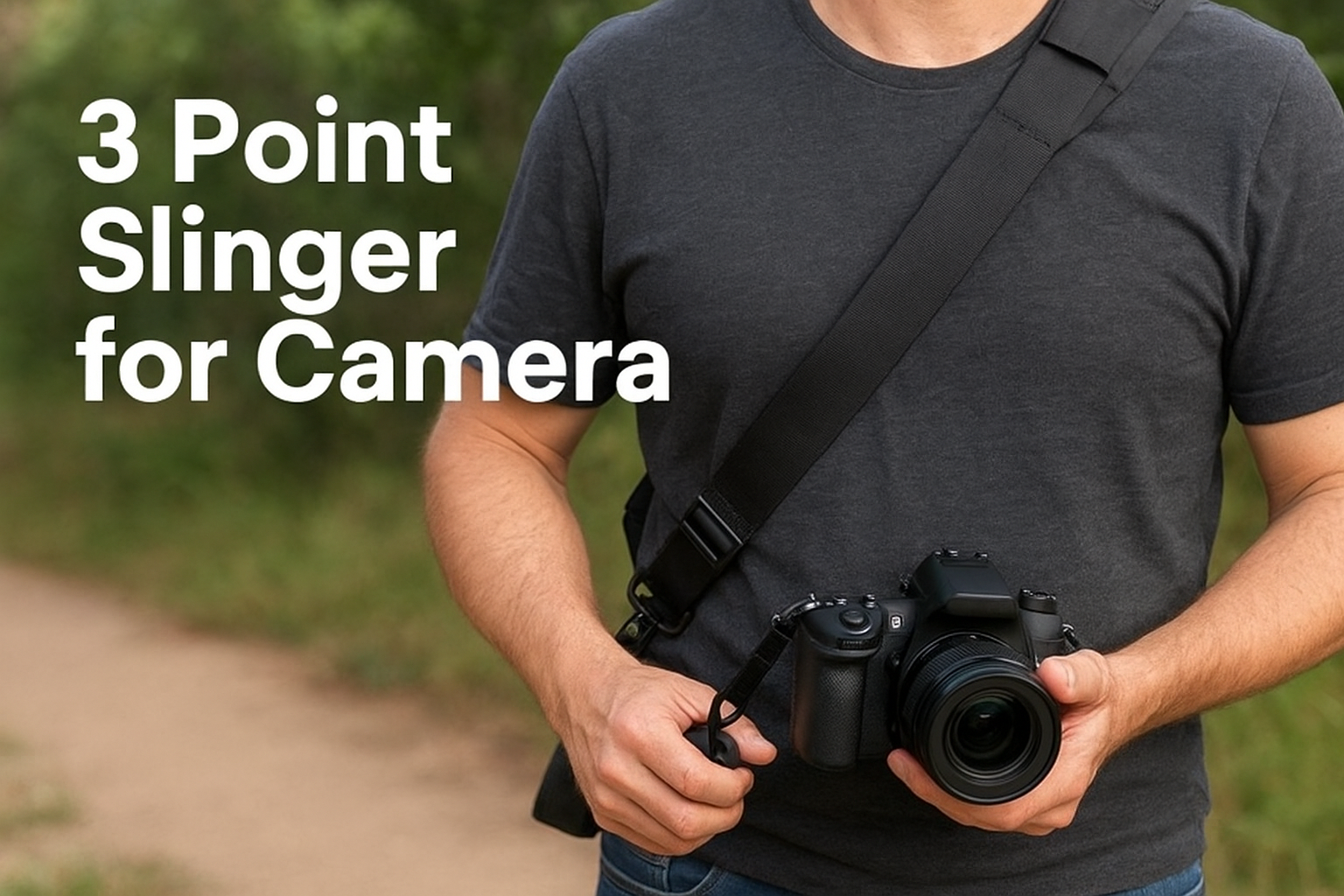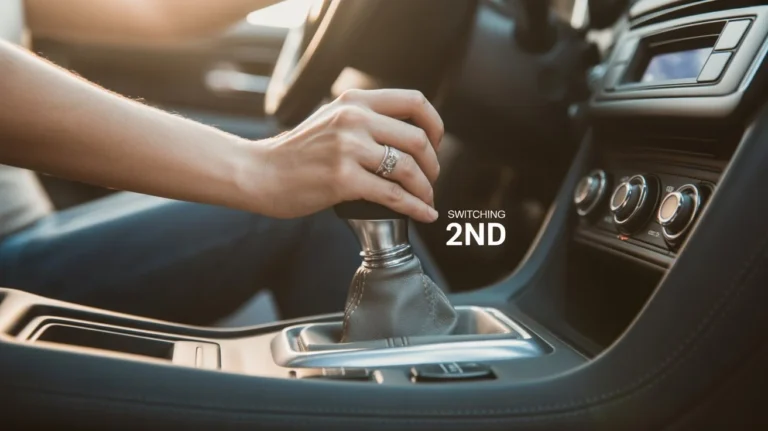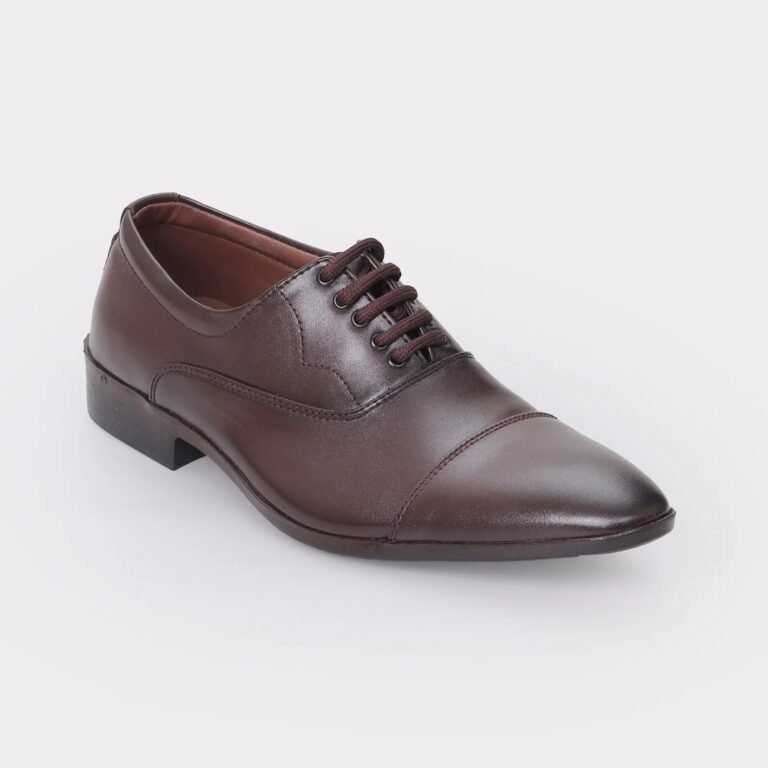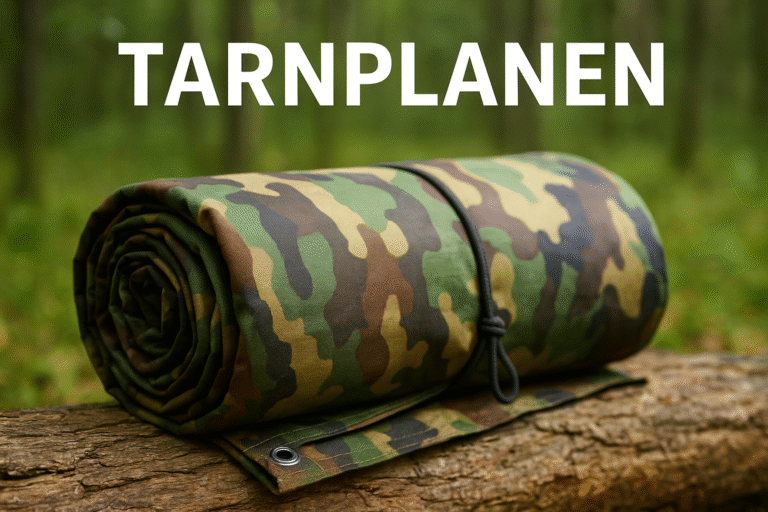3 Point Slinger for Camera: Complete Guide
When carrying a camera for long hours, comfort and quick access matter the most. Traditional neck straps often create strain, while single shoulder straps can feel unbalanced. This is where a 3 point slinger for camera comes in. Designed with three secure points of attachment, this type of strap distributes weight evenly and allows photographers to move freely while keeping their camera secure.
In this guide, I’ll share detailed insights into what a 3 point slinger is, how it works, its benefits, challenges, and practical tips for choosing the right one. Having tested different slingers in real-world settings, from street photography to long event shoots, I’ll also explain why this gear is increasingly popular among both professionals and hobbyists.
What Is a 3 Point Slinger for Camera?
A 3 point slinger for camera is a camera strap system that connects to three different points on your body or gear. Usually, it includes:
- A strap that goes across the shoulder.
- A stabilizing strap under the arm or chest.
- A waist or back connection for balance.
Unlike standard straps, this setup prevents the camera from swinging wildly and reduces shoulder fatigue. The design keeps the camera at your side or front, making it easy to lift and shoot quickly.
Why Photographers Use a 3 Point Slinger
After using one during weddings and outdoor shoots, I noticed three clear benefits:
- Comfortable Weight Distribution
The extra points of support reduce neck and shoulder strain, especially during all-day shooting. - Better Stability
The camera stays secure against your body, minimizing bumps in crowded spaces or uneven terrain. - Faster Access
With the sling setup, you can raise the camera instantly without dealing with tangled straps.
Benefits of a 3 Point Slinger for Camera
1. Reduced Fatigue
Long sessions often lead to sore shoulders with a traditional strap. A 3 point slinger spreads the weight, keeping you comfortable longer.
2. Safety and Security
The triple connection points mean your camera is less likely to fall or swing into objects. It feels safer in busy environments like city streets or events.
3. Mobility for Different Styles
Whether you’re shooting sports, wildlife, or weddings, the freedom to move without adjusting your strap constantly is a major plus.
Challenges and Limitations
While the system is practical, it has its challenges.
- Learning Curve: At first, adjusting the straps takes practice.
- Extra Bulk: Compared to a single strap, it adds more material around your body.
- Price: Quality slingers are often pricier than regular straps.
From my experience, once you get used to it, these drawbacks become minor compared to the comfort and control it provides.
How to Choose the Right 3 Point Slinger for Camera
When selecting a slinger, consider these points:
- Camera Weight
Heavy DSLRs require stronger straps than mirrorless or compact cameras. - Material Quality
Look for padded straps, reinforced stitching, and metal connectors for durability. - Adjustability
The best slingers allow you to fine-tune length and fit to your body. - Quick-Release Features
A quick-release mechanism makes it easier to detach the camera when needed. - Budget vs. Professional Needs
Hobbyists may prefer affordable models, while professionals often invest in premium options for reliability.
Real-World Applications
I’ve used a 3 point slinger for camera during:
- Wedding photography: Allowed me to carry two cameras at once, with one slung securely on the side.
- Travel photography: Kept my camera safe in crowded stations while still ready for quick shots.
- Street photography: Helped me move unnoticed while avoiding strap adjustments.
Photographers working in action-filled or long-duration environments benefit the most from this strap system.
Tips for Using a 3 Point Slinger Effectively
- Adjust the straps to your body size before starting a shoot.
- Use padding for added comfort if carrying heavy lenses.
- Keep the camera lock engaged when moving quickly.
- Practice drawing and reholstering the camera to avoid fumbling during shoots.
FAQs
- Is a 3 point slinger better than a neck strap?
Yes. It reduces strain, increases stability, and provides faster access compared to a neck strap. - Can it hold heavy DSLR cameras?
High-quality slingers can support heavy DSLRs and telephoto lenses, but always check the weight limit before use. - Is it suitable for travel photography?
Absolutely. It keeps your camera secure in crowded places and reduces the risk of accidental drops. - Are 3 point slingers expensive?
Prices vary. Entry-level options are affordable, while professional-grade models cost more due to materials and build quality. - Does it take time to get used to?
Yes. It may feel unusual at first, but with practice, it becomes natural and highly efficient.
Conclusion
A 3 point slinger for camera is more than just a strap. It’s a tool that combines comfort, safety, and speed of access, making it one of the most practical accessories for photographers today. While it comes with a learning curve and higher cost compared to basic straps, the long-term benefits outweigh these drawbacks, especially for serious shooters.




